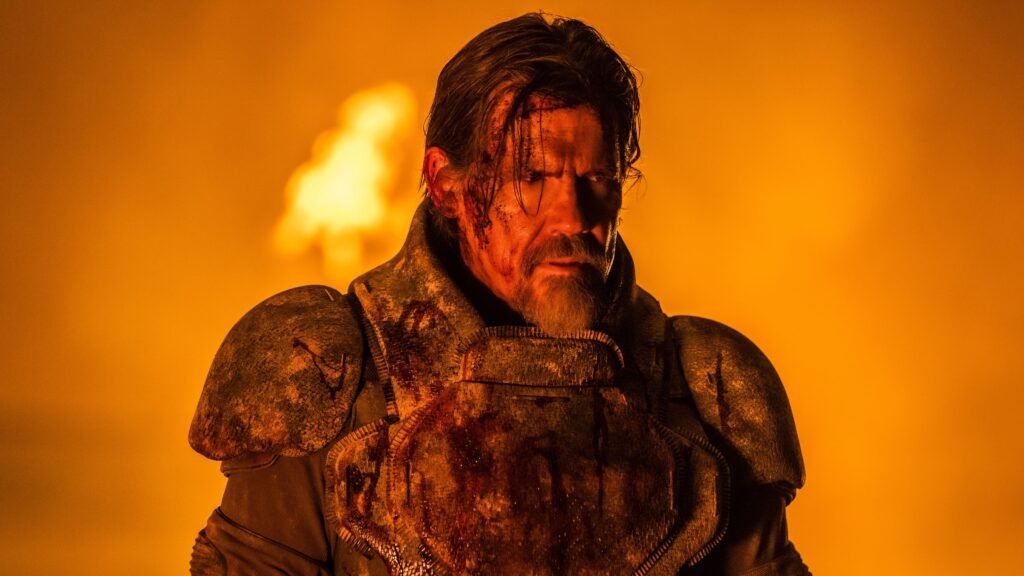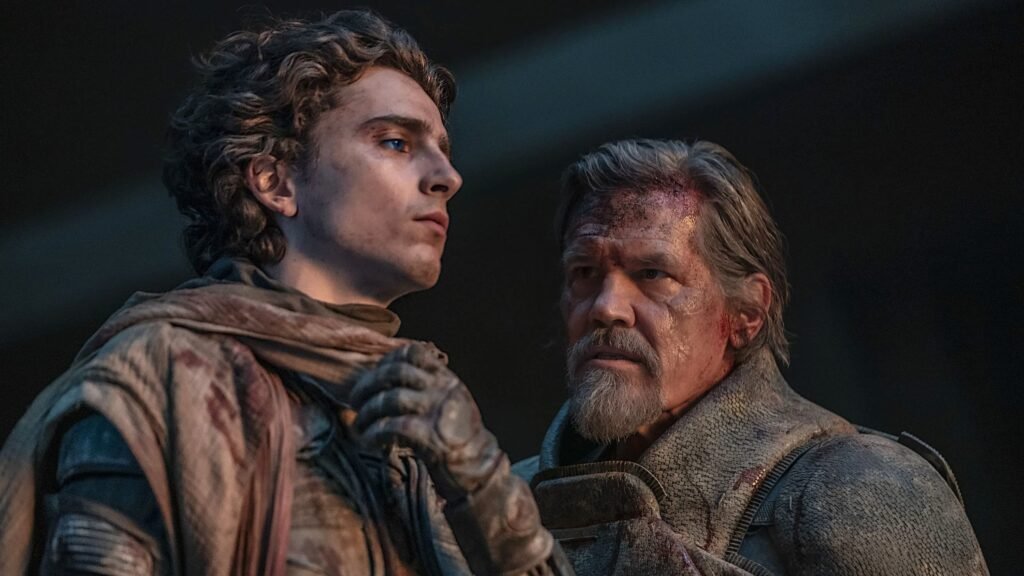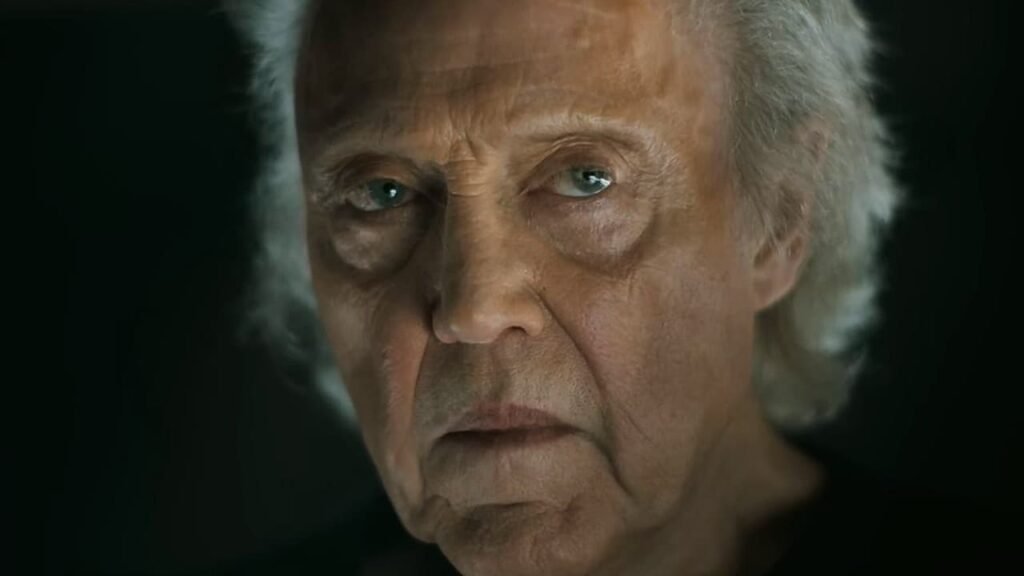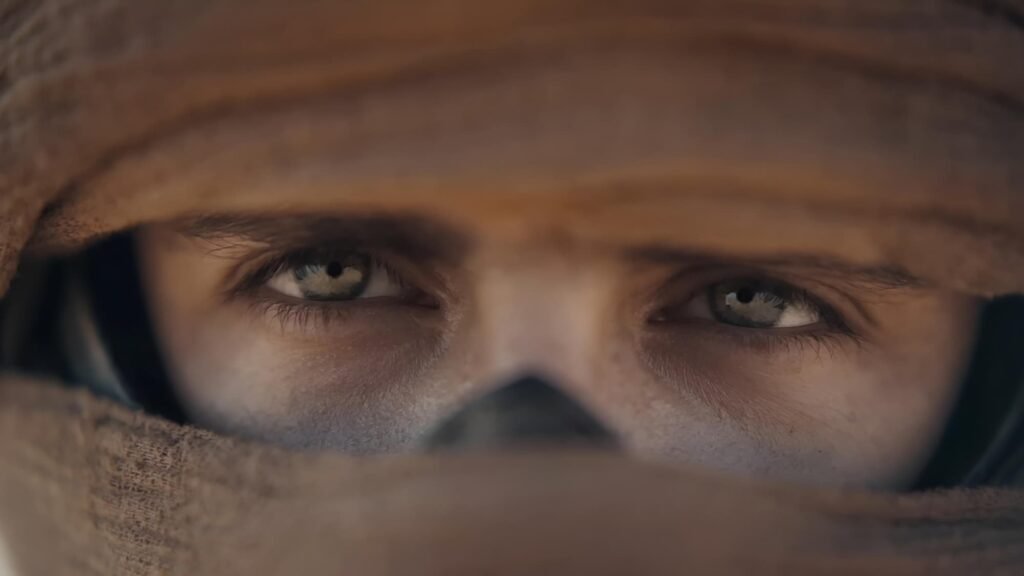Dune: Part Two differs from the first film in several key ways:
Part Two has more intense action sequences that showcase Paul’s progression, including grand battles on Arrakis, compared to the limited action in Part One.
Part Two removes some of the religious aspects of Chani’s character from the book, making her more grounded and focused on her Fremen beliefs and people rather than being a Sayyadina in waiting.
Part Two features a more abrupt flow between scenes compared to the nice flow and cinematography of Part One.
Part Two loses some of the memorable supporting characters exclusive to Part One like Duke Leto, Duncan Idaho, Dr. Liet Kynes, and others who don’t appear due to their fates in the first half of the story.
Part Two adds new characters like Princess Irulan and Margot Fenring, but Florence Pugh’s Irulan feels underutilized, mostly delivering exposition.
Part Two has a more serious tone at times compared to the levity and humor Jason Momoa’s Duncan Idaho brought to Part One.
Overall, Part Two builds on the epic scale and story adaptation of Part One, with more intense action and immersive sound design, but loses some of the engaging world-building and memorable supporting characters that made the first film so compelling. The two parts work best when viewed as a complete adaptation of Frank Herbert’s novel.
Expanding the Scope of the Story
A Deeper Dive into Arrakis
Dune: Part Two takes viewers on a more immersive journey into the harsh desert planet of Arrakis. While the first film introduced us to this unforgiving world, the sequel expands on its ecology, culture, and politics in much greater detail.
We witness the intricate relationship between the Fremen and their environment, exploring how they’ve adapted to survive in such extreme conditions. The film delves deeper into the mystical and practical aspects of water conservation, showcasing the ingenuity of the Fremen’s stillsuits and their reverence for every drop of moisture.
Broader Political Landscape
The sequel broadens its scope to encompass more of the complex political machinations that shape the universe of Dune. While the first film focused primarily on House Atreides and their immediate rivals, House Harkonnen, Part Two introduces additional factions and explores their roles in the larger conflict. The Spacing Guild, CHOAM, and the Bene Gesserit order all receive more attention, providing a richer context for the power struggles that drive the narrative.

Character Development and New Faces
Paul Atreides’ Evolution
One of the most significant differences in Dune: Part Two is the evolution of Paul Atreides. Where the first film portrayed him as a young man coming to terms with his destiny, the sequel shows a more confident and conflicted Paul.
His journey from outsider to potential messiah is explored in greater depth, with the film delving into the psychological toll of his growing powers and the weight of prophecy. The internal struggle between embracing his role as the Kwisatz Haderach and fearing the potential consequences of his actions becomes a central theme.
Introducing Key Characters
Part Two introduces several important characters who were absent or only briefly mentioned in the first installment. Feyd-Rautha Harkonnen, the Baron’s cunning nephew, makes his debut as a formidable antagonist.
Princess Irulan, daughter of the Emperor, also plays a more significant role, offering insights into the imperial court. These new characters add layers of complexity to the story, creating new alliances and conflicts that shape the narrative.
Enhanced Visual Spectacle
Grander Scale of Action
Dune: Part Two ramps up the action sequences, presenting battles and confrontations on a much larger scale than its predecessor. The film showcases epic desert battles, with Fremen warriors riding sandworms into combat against Harkonnen forces.
These sequences not only serve as visual spectacles but also illustrate the growing power of the Fremen under Paul’s leadership and the escalating conflict that threatens to engulf the known universe.
Advanced Technological Marvels
Building on the foundation laid in the first film, Part Two expands on the unique technology of the Dune universe. We see more advanced applications of shield technology, more varied and impressive spacecraft, and deeper explorations of the capabilities of mentats and other specialized humans.

The film takes particular care to showcase the ecological technology of the Fremen, demonstrating how their understanding of Arrakis allows them to manipulate the environment in subtle yet powerful ways.
Thematic Depth and Complexity
Exploration of Religion and Power
While the first Dune film touched on themes of religion and power, Part Two delves much deeper into these concepts. The film explores the dangerous interplay between religious fervor and political ambition, showing how Paul’s growing legend among the Fremen becomes both a tool and a burden. It raises complex questions about the nature of prophecy, the responsibilities of leadership, and the potential dangers of messianic figures.
Environmental Allegory
The environmental themes present in the first film are significantly expanded in Part Two. The sequel offers a more detailed look at the ecology of Arrakis and the long-term plans of the Fremen to transform their planet. This narrative thread serves as a powerful allegory for current environmental issues, exploring themes of resource management, ecological balance, and the long-term consequences of human intervention in natural systems.
Comparison with the Original Novel
Dune: Part Two delves deeper into Frank Herbert’s source material, bringing to life elements of the novel that were absent from the first film. The sequel expertly adapts key scenes and concepts from the latter half of the book, such as Paul’s integration with the Fremen and his rise to power.
Director Denis Villeneuve’s interpretation stays remarkably faithful to Herbert’s vision while making necessary adaptations for the screen. For instance, the film expands on the Fremen’s guerrilla warfare tactics against the Harkonnens, visualizing intense desert battles that were only alluded to in the novel.

The mystical aspects of Paul’s transformation into Muad’Dib are also more fully realized, with vivid depictions of his spice-induced visions and the awakening of his prescient abilities. This faithful yet cinematic adaptation serves to satisfy long-time fans of the book while also creating a compelling narrative for newcomers to the Dune universe.
Behind-the-Scenes Insights
The production of Dune: Part Two was a monumental undertaking, building upon the foundations laid by the first film. Filming took place in various locations, including the deserts of Jordan and the United Arab Emirates, to capture the harsh beauty of Arrakis. The production team went to great lengths to create practical effects wherever possible, constructing massive sets and intricate costumes to bring the world of Dune to life.
One of the most impressive feats was the creation of rideable sandworm models for certain scenes, allowing the actors to interact with physical props rather than relying entirely on CGI. The special effects team also developed new techniques to portray the film’s epic battle sequences, combining practical effects with cutting-edge digital technology to create a seamless and immersive experience.
Cast members have spoken about the challenges and rewards of filming in real desert locations, with Timothée Chalamet and Zendaya describing the awe-inspiring experience of being surrounded by vast dunes during key scenes.
Character Relationships
Dune: Part Two significantly expands on the relationships between characters, adding depth and nuance to their interactions. The bond between Paul Atreides and Chani, only hinted at in the first film, blossoms into a complex romance set against the backdrop of political upheaval and prophetic destiny.
Their relationship is tested by Paul’s growing power and the expectations placed upon him by both the Fremen and his own visions of the future. The dynamic between Paul and his mother Jessica also evolves, as both grapple with their new roles among the Fremen and the weight of their Bene Gesserit heritage.

Jessica’s relationship with the Fremen leader Stilgar is explored in greater detail, showcasing her political acumen and the delicate balance she must maintain between her loyalty to her son and her own ambitions.
The film also delves into the complex familial relationships within House Harkonnen, particularly the rivalry between Beast Rabban and the newly introduced Feyd-Rautha, adding layers of intrigue to the antagonists’ storyline.
Themes and Symbolism
Dune: Part Two delves deeper into the rich tapestry of themes and symbolism present in Frank Herbert’s work. The concept of ecology and environmental stewardship is more prominently featured, with the film exploring the Fremen’s long-term plans to transform Arrakis and the ethical implications of such massive environmental engineering.
The symbolism of water takes on even greater significance, representing not just life but power and cultural identity. The spice melange, central to the story, serves as a multifaceted symbol for resource exploitation, addiction, and expanded consciousness.
The film also expands on the theme of prophecy and determinism, questioning whether Paul is truly fulfilling a predetermined destiny or if his actions are creating a self-fulfilling prophecy.
Religious symbolism is more overtly explored, with Paul’s journey mirroring messianic archetypes from various real-world faiths. The concept of jihad, only hinted at in the first film, is given more weight, serving as a powerful metaphor for the dangers of fanaticism and the unintended consequences of revolutionary movements.
Cultural Impact
Dune: Part Two has made a significant impact on popular culture, building upon the foundation laid by its predecessor. The film has sparked renewed interest in Frank Herbert’s novels, leading to increased sales and new editions of the Dune series. Its visual aesthetics have influenced fashion trends, with designers drawing inspiration from the film’s costume design, particularly the Fremen stillsuits and the imperial court’s attire.
The movie’s themes of environmental stewardship and resource management have resonated with audiences, contributing to discussions about climate change and ecological responsibility. Quotes and concepts from the film have entered the popular lexicon, with phrases like “the spice must flow” gaining traction in contexts beyond the movie.
The film’s success has also reinvigorated the science fiction genre in cinema, paving the way for more ambitious and philosophically rich sci-fi productions. Online communities have formed around analyzing and discussing the film’s themes and symbolism, creating a vibrant fan culture that extends beyond traditional moviegoing.
The movie’s approach to adapting complex literary works has become a point of reference in discussions about book-to-film adaptations, setting a new standard for how to bring intricate science fiction narratives to the screen.
Conclusion
Dune: Part Two builds upon the foundation laid by its predecessor, offering a richer, more complex, and visually stunning continuation of the epic saga. By expanding its scope, deepening its character development, and exploring its themes with greater nuance, the sequel transforms Dune from a promising adaptation into a truly monumental cinematic achievement. It not only satisfies fans of the first film but also elevates the entire story to new heights, cementing its place as a landmark in science fiction cinema.
Dennis Guy, I am a seasoned film critic and storyteller extraordinaire, is the driving force behind the insightful and captivating movie reviews on MovieReviewFY.com. With a passion for cinema that transcends genres and a keen eye for detail, Dennis brings a wealth of knowledge and experience to the world of film critique.








